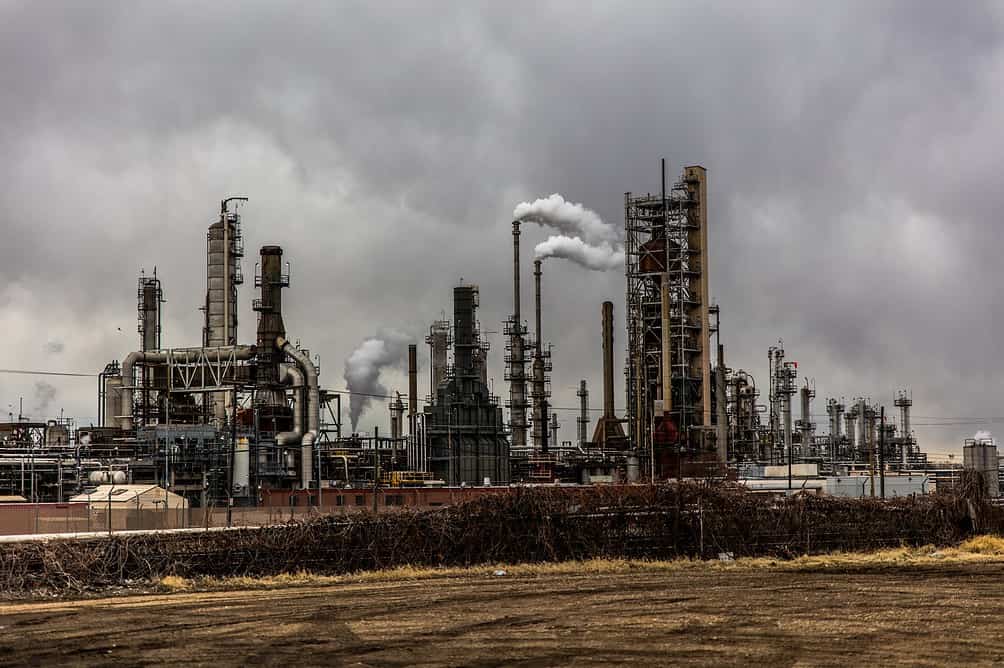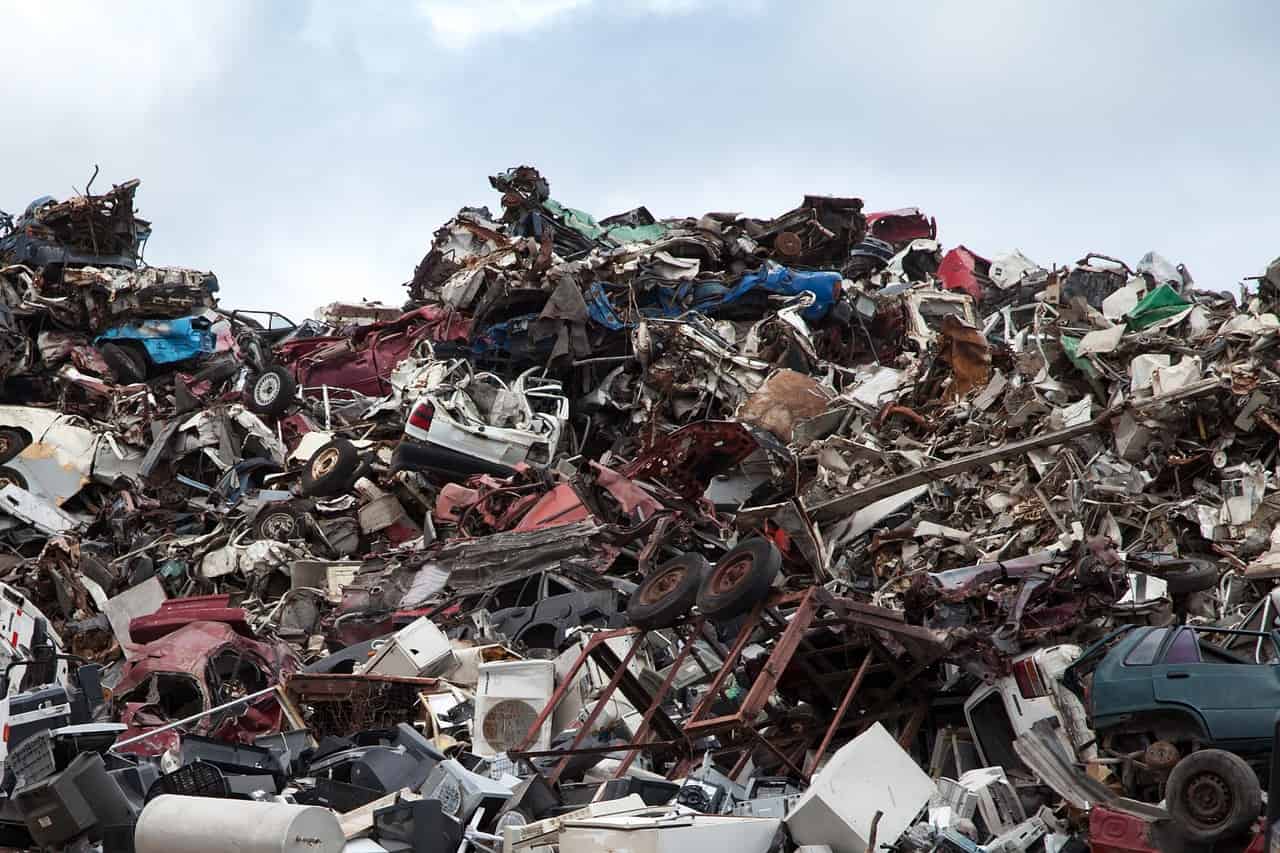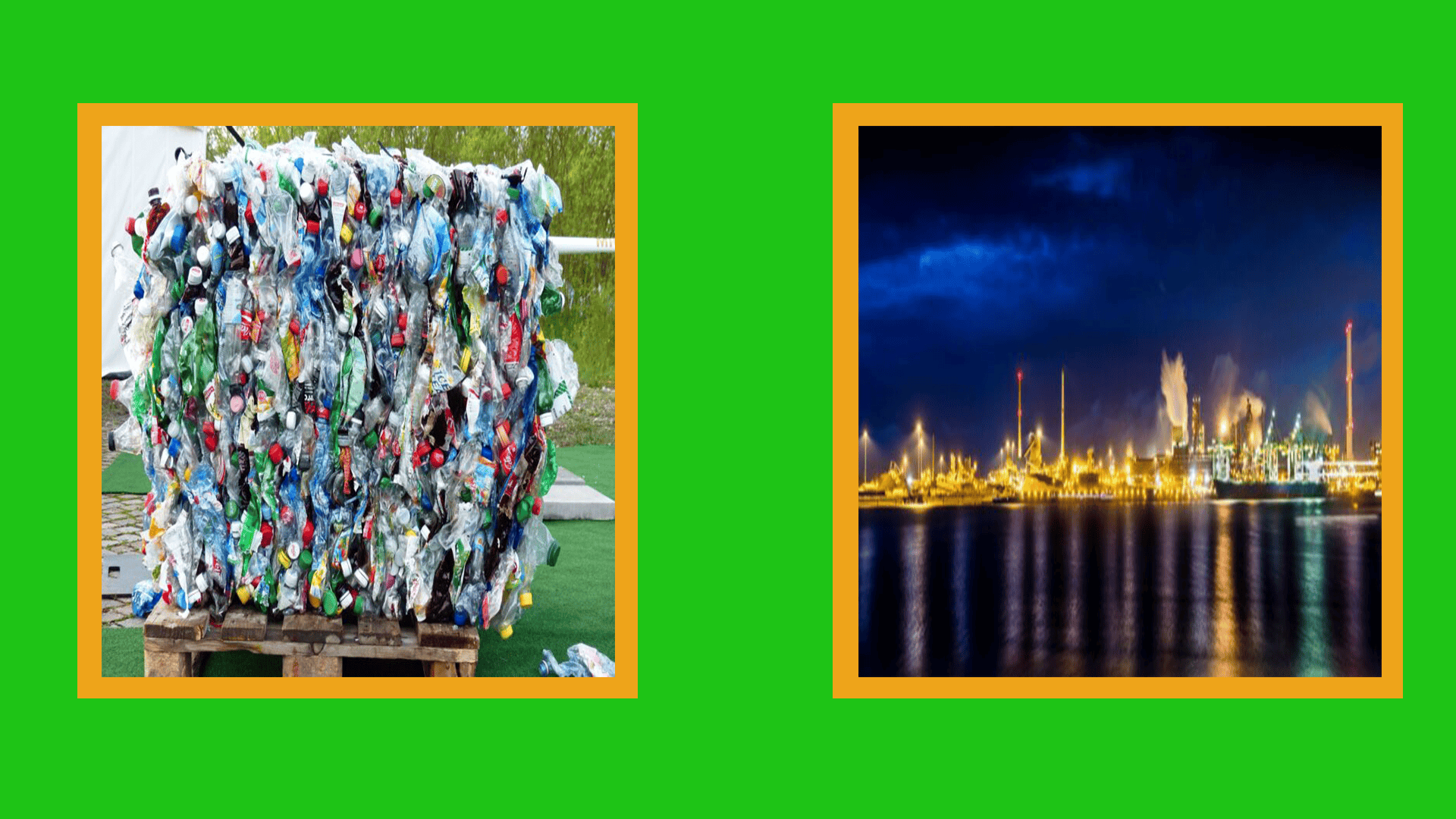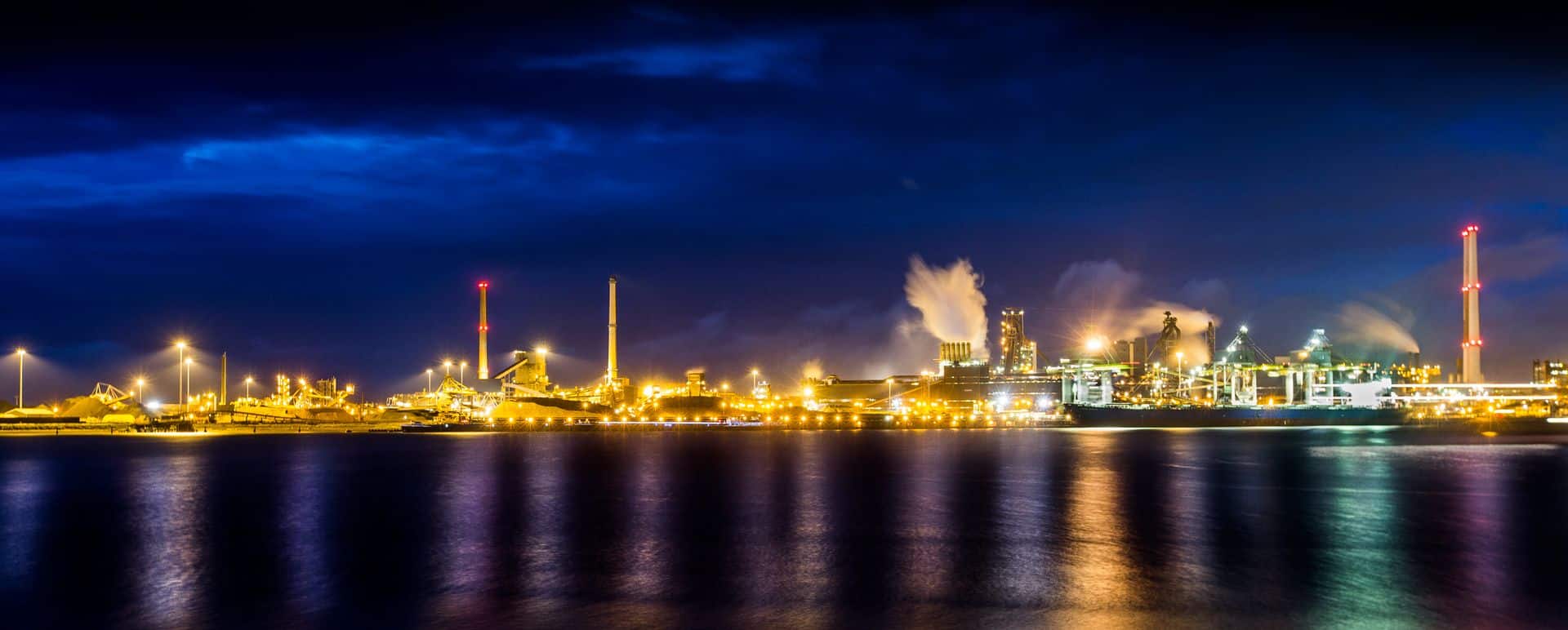
Last week, the Dutch government said it is open to subsidizing Tata Steel should the company accelerate its decarbonization plans. According to the analysis conducted by an advisory committee hired by the cabinet, costs could amount to up to €3 billion. The same committee outlined five potential scenarios for the government’s involvement in the future of IJmuiden’s steel factory.
Tata Steel Netherlands (TSN), with its production plant in IJmuiden, is the country’s largest polluter, with 11,6 million tons of CO2 emitted yearly—seven percent of the total Dutch emissions. Recent research found that this pollution is behind many health problems in the area. People living in the region have a 2,5 month lower life expectancy than the average in the Netherlands.
The company employs 9.000 people at the plant. Last year, TSN presented a plan to decarbonize its plant to achieve a fifty percent emissions reduction by 2030, yet calling for governmental support to undertake this transition. Outgoing economy Minister Adriaansens sees steel production as crucial for the country but must become more sustainable.
Why is this important?
Tata Steel’s plant in IJmuiden is responsible for seven percent of the Dutch CO2 emissions, which proved to impact the health of the people nearby. Yet, steel is needed in many industries, from automotive to food packaging. The country wants to decarbonize, but at what cost?
Tata Steel Nederland’s plan
When presenting its plan, TSN also called for government support. The strategy focuses on three main points:
- Reduction of particulate matter and nitrogen dioxide. The company’s plans include measures to cover raw material storage to prevent the spreading of fine and coarse dust. In addition, TSN claims that by 2025, emissions nitrogen oxide emissions will be reduced by eighty percent with a nitrogen extraction system. The company claims it has already invested €300 million to limit nuisance.
- Reduction of CO2 emissions. Five million tonnes less of carbon dioxide emissions must be emitted as per previous agreements. The climate target can be achieved by replacing a furnace and a gas and coke plant—which will close by 2029 at the latest—with a so-called Direct Reduced Iron Plant (DRP) combined with an Electric Arc Furnace (EAF).
- Circularity. TSN will increase the use of scrap material to thirty percent of annual total production by 2030.
Saving jobs and preserving the country’s industry are important in the government’s view, but additional measures should be taken, as highlighted in the IJmond Health Expert Group. Closing earlier one of the gas and coke plans is one of the mentioned measures that could put the factory’s business model under pressure.

The projected scenarios
To think of ways to intervene, the Dutch hired two consultants: the former minister of economy Hans Weijers and banker Frans Blom. The two produced a report called Hoe Tata Steel Nederland te verduurzamen? where they offer five possible scenarios for government intervention.
- The first scenario envisions no government subsidy. This would mean no emission reduction in the short term. The plant could shut down in ten years as TSN wouldn’t meet the environmental requirements.
- The second scenario envisions a government subsidy following Tata’s proposal: initially switching from coal to gas and hydrogen. This would result in fifty percent less CO2 emissions by 2030. However, there would still be a nuisance for the surrounding area in the coming years. This option requires an estimated government contribution of €0,5 to €2 billion, according to a confidential report presented by mistake by the two consultants.
- The third option is to follow the TSN plan and take further environmental measures, such as faster closure of one of the coke and gas plants and accelerated raw material hedging. This would mean an extra billion euros of investment for the two mentioned in the previous option.
- As a fourth option, the report envisions the TSN plant becoming a scrap recycling facility —like the Tata plant in Wales. This would mean that steel production in the Netherlands would stop and that there would be many layoffs.
- The fifth option is the plant forced shutdown. Emissions would not be a problem anymore, 9.000 layoffs would happen, and no more steel production would happen in the country. Besides, the government should take care of the land remediation. The forced closing would cost up to €16 billion.
Another potential state aid
As the cabinet assesses the pros and cons of each option, Wijers and Blom stressed the need to act quickly, as other European governments are also subsidizing green steel factories. Following the recent € 2.5 billion cash injection to preserve the microchip industry in the Netherlands, investing in the greening of the IJmuiden plant would be another episode of state intervention. Tata Steel was also one of the top five companies to receive government support during the corona crisis, when it received over €28 million.
Minister Adriaansens will meet TSN then, as the government idea is to reach a ‘tailor-made’ agreement to reach sustainability goals with some of the country major polluters. As Tata Steel.








